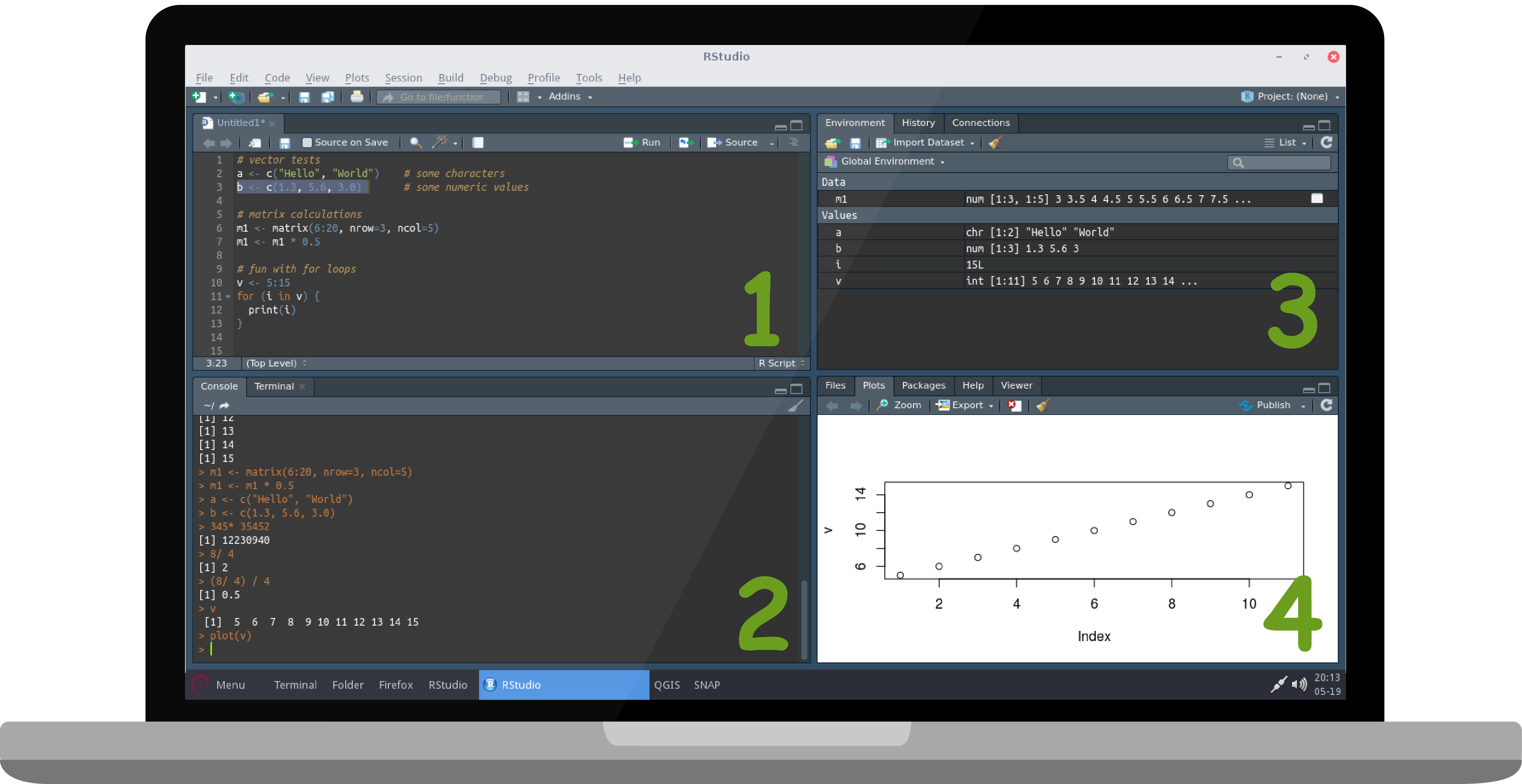

A lot of RStudio folks are attending conf virtually.This is open to both in-person and virtual attendees. Virtual networking on Discord: Sign up to access the conference Discord server so you can chat with other attendees, participate in fun community events, and keep up with announcements.Live streaming: Keynotes and talks will be livestreamed on the rstudio::conf website, free and open to all.A “cheat sheet” for the RStudio IDE can be found here.While we hope to see you in person at rstudio::conf(2022), we want to include as many of you as possible, so we invite you to join us virtually! Remember - since these are open source software, there are plenty of resources online to help as well.
R AND R STUDIO CODE
Until you are comfortable writing and executing code to analyze data, the RStudio interface can seem intimidating. The “Help” tab is, unsurprisingly, the help menu. The “Packages” tabs shows a list of all the packages currently installed, as well as an indication of whther or not that are loaded in the current session. The “Plots” tab will show the plots and visualzations you have created in your current R session. The “Files” tab displays your hard drive’s own file directory for easy access.

R AND R STUDIO ARCHIVE
The History tab contains an archive of all the commands you’ve run in the current session.įinally, the lower-right quadrant holds a number of helpful navigation tabs. The Environment tab displays a list of all the data objects that you havae defined in your current R session, as well as some basic details about the data (such as the number of observations and variables in each). The upper-right quadrant contains the Environment and History tabs. Running code in the source pane will automatically produce output in the console pane.
R AND R STUDIO HOW TO
While you can type code directly into the console and receive immediate results, it is advisable to stick to the source pane while you are learning how to use R.
R AND R STUDIO SOFTWARE
The console is the powerhouse of the software this is where R actually evaluates code. In the lower-left corner is the console, or the command window. When working in the source pane, your code will not compile untl you tell it to run this allows you the flexibility to work at your own pace, as well as to save your work. You will write and edit collections of code - or R Scripts - here. This is the primarily location where most of your work will take place. In the upper-left corner is the source pane.




 0 kommentar(er)
0 kommentar(er)
